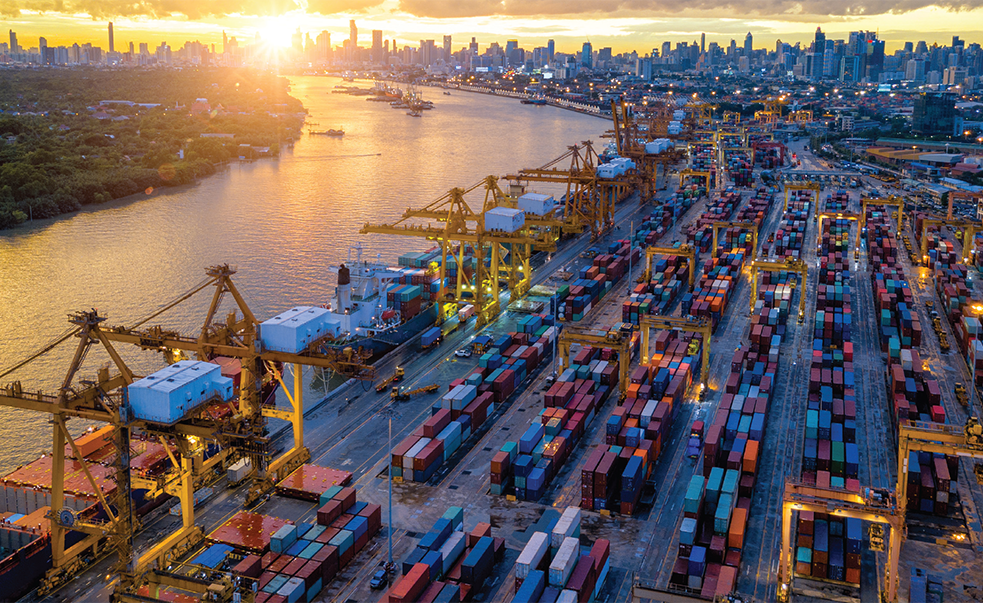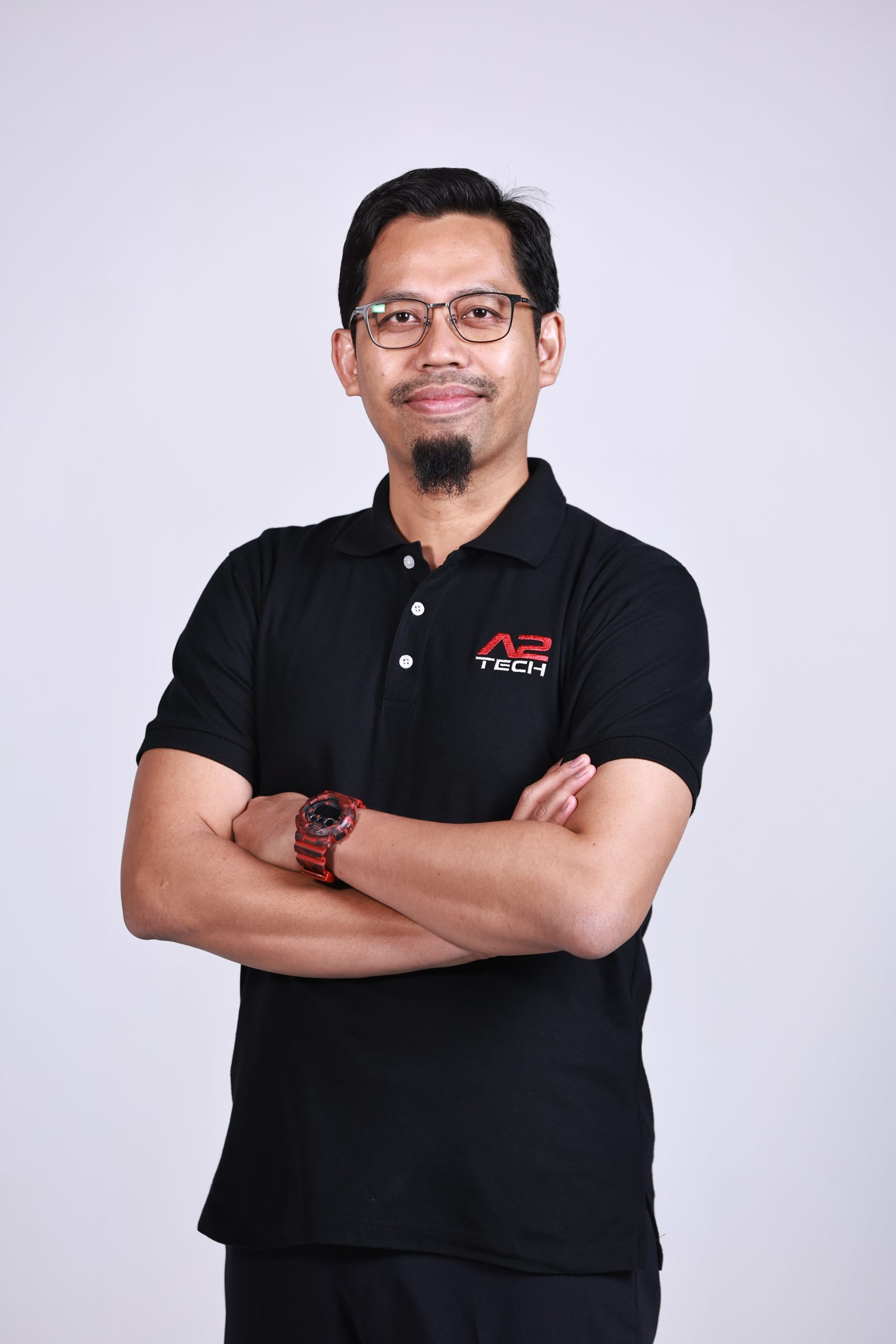Rajant’s Kinetic Mesh is the leading network technology for ports and harbors taking steps towards autonomy in their daily operations, providing for ubiquitous, port-wide mobility and unmatched network resiliency – both of which are needed to enable reliable, efficient autonomous processes.
Port operations are becoming safer and more streamlined as the shift is made towards unmanned operations; but autonomy requires constant connectivity and this level of coverage is often difficult to maintain in dynamic port settings. Large metal containers and equipment block RF signals, causing drops in communications that, even if momentary, will inhibit the proper functioning of autonomous systems and other critical real-time port applications like those used for fleet management and asset tracking.
This issue is exacerbated by the fact that containers and equipment are constantly moving throughout the port, and designing a traditional network like Wi-Fi or LTE around such obstructions is simply not practical because they rely so heavily on fixed infrastructure. In fact, to enable mobility, these architectures use mobile clients that “roam” between fixed access points, disconnecting from one access point before connecting to the next and therefore causing frequent breaks in connectivity. What’s more, roaming is handled by a core controller which represents a critical point of failure. If the controller goes down, so do all the autonomous systems and applications powering port productivity.
Agile Connectivity that Paves the Way for Current and Future Autonomy
All network nodes can be mobile and create a mesh between fixed and moving port assets.
Rajant’s lightweight, ruggedized network nodes, known as BreadCrumbs®, work peer-to-peer to from a multi-radio Kinetic Mesh network. These nodes can be deployed on fixed or moving equipment such as quay cranes, gantry cranes, reach stackers, and terminal tractors, and hold multiple connections simultaneously over multiple frequencies to create hundreds of potential paths over which to direct traffic. There is no controller node and therefore no single point of failure…
To continue reading, please click here to download. 🖉













